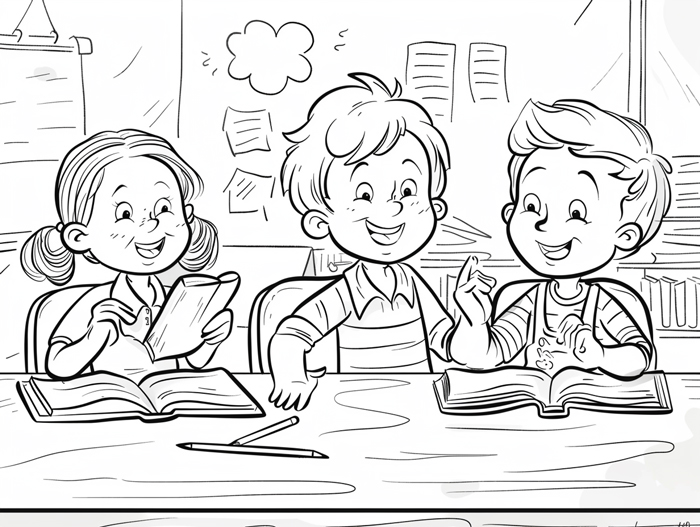Have you ever heard the phrase “a storm in a teacup” and wondered what it meant? This common idiom is used to describe a situation where a small issue is blown out of proportion, causing unnecessary drama or excitement.
Essentially, when someone refers to “a storm in a teacup,” they are highlighting how insignificant or trivial the problem or conflict is in the grand scheme of things. It suggests that the reaction to the issue is exaggerated or overly dramatic, much like a tempest raging inside a tiny teacup.
7 Examples Of A Storm In A Teacup Used In a Sentence For Kids
- A storm in a teacup is when we make a big fuss about something small.
- Sometimes we can create a storm in a teacup over little things that are not important.
- When we argue over small things, it can feel like a storm in a teacup.
- It’s better to talk calmly instead of making a storm in a teacup.
- Let’s not make a storm in a teacup about who gets to play first.
- Remember, it’s not worth creating a storm in a teacup over a toy.
- When we share and play nicely, there won’t be a storm in a teacup.

14 Sentences with A Storm In A Teacup Examples
- A storm in a teacup erupted when the college decided to change the cafeteria menu.
- As college students, we often find ourselves caught up in a storm in a teacup over trivial things like assignment deadlines.
- The debate over the dress code turned into a storm in a teacup among the student body.
- A storm in a teacup brewed over the cancellation of the annual college festival.
- The disagreement between roommates was nothing more than a storm in a teacup that resolved quickly.
- The heated discussion about the guest speaker turned into a storm in a teacup during the college council meeting.
- A storm in a teacup arose over the use of social media platforms for organizing college events.
- The confusion about exam dates turned into a storm in a teacup among the students.
- The disagreement between project partners was just a storm in a teacup that was settled amicably.
- The issue of parking spaces caused a storm in a teacup among the college commuters.
- A storm in a teacup was created when the lecture got rescheduled at the last minute.
- The discussion of increasing tuition fees ended up as a storm in a teacup during the student council meeting.
- The misunderstanding between classmates turned into a storm in a teacup that lasted for days.
- A storm in a teacup ensued when the WiFi connection in the library went down during exams.

How To Use A Storm In A Teacup in Sentences?
To use A Storm In A Teacup in a sentence, simply integrate it as a metaphor to describe a situation that is blown out of proportion or dramatic but ultimately insignificant. For example, “The argument they had last night was just a storm in a teacup; they were back to normal the next morning.”
To ensure proper usage, it is essential to understand the context in which this phrase is appropriate. It is typically used to emphasize that a situation is not as serious or important as it may seem at first glance. It can be applied to various scenarios such as disputes, rumors, or conflicts that are exaggerated or overreacted to.
When crafting a sentence with A Storm In A Teacup, remember to consider the tone and message you want to convey. This phrase is best used when you want to highlight that an issue is minor or insignificant in the grand scheme of things. It can help to add a touch of color and creativity to your writing, making it more engaging for the reader.
In summary, using A Storm In A Teacup in a sentence is a great way to add depth and nuance to your language. Just remember to use it judiciously and consider the context to ensure your message is communicated effectively.

Conclusion
In conclusion, the phrase “a storm in a teacup” is commonly used to describe a situation or issue that is blown out of proportion, causing unnecessary drama or concern. These exaggerated scenarios are often trivial and lack the seriousness warranted by the reactions they provoke. Just like a storm in a teacup, these instances may seem intense and turbulent, but ultimately they are contained within a limited scope and do not have significant or lasting consequences.
By recognizing when a situation is merely a storm in a teacup, individuals can avoid overreacting and maintain a sense of perspective. It is important to distinguish between minor disturbances and genuine crises, so that time and energy can be focused on addressing meaningful challenges rather than getting caught up in unnecessary turmoil.



